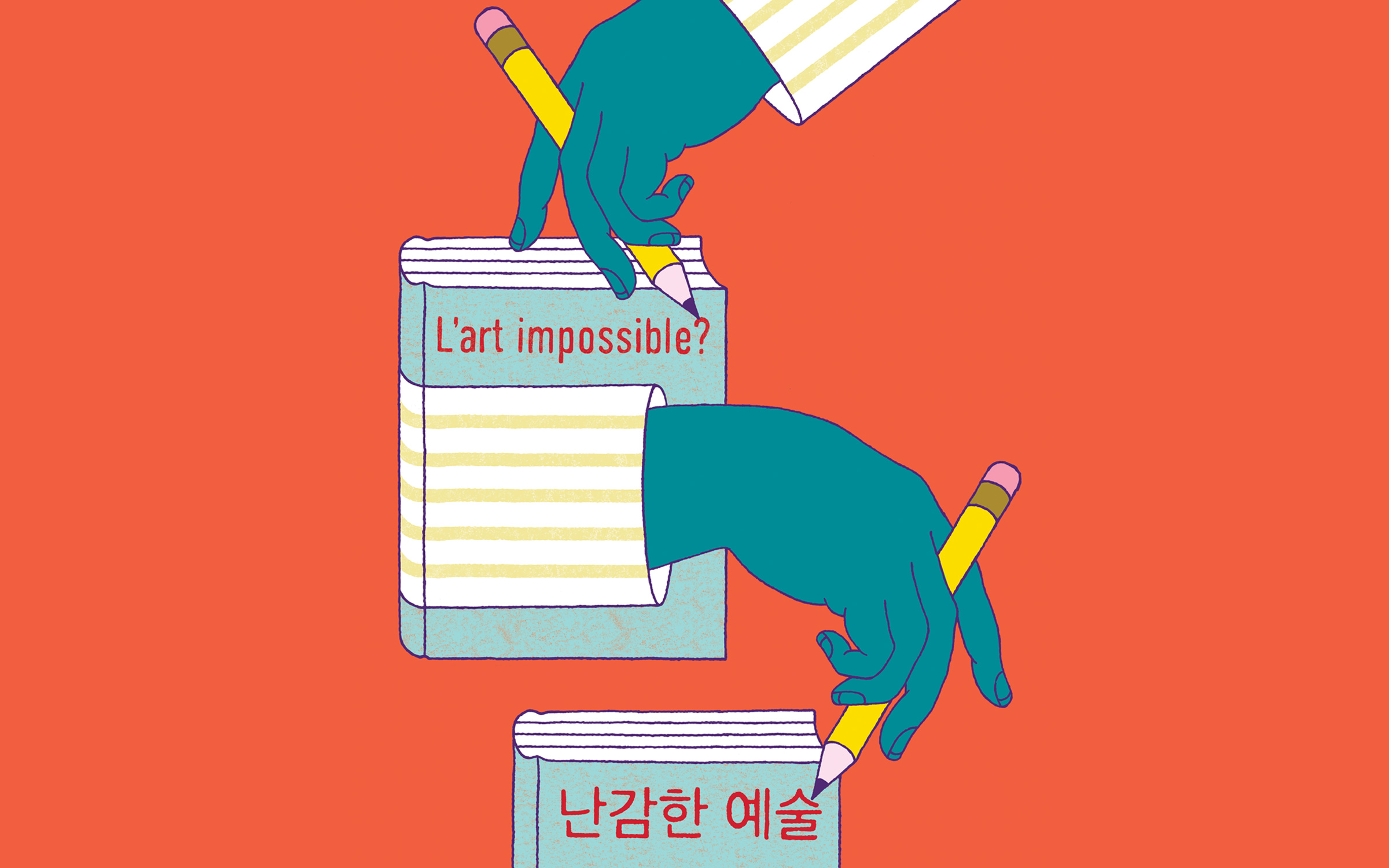As the Translations Editor at the Long River Review, I have been fortunate enough to field through numerous literary translations from across the globe, spanning various languages like French, Bengali, and Albanian.
Literary translation is a unique art; we wouldn’t have the incredible works of Fyodor Dostoevsky or Gabriel García Márquez if someone hadn’t taken the time to laboriously rewrite the piece for a new audience. I’ve certainly found my passion for it, and it’s definitely a hobby that I feel like a lot of people could enjoy. As such, here is my mini-guide to get started.
#1: Having Working Proficiency In Any Non-Native Language
This might seem like a no-brainer, but I know people who assume that translation is as easy as inputting a poem through Google Translate. If you don’t know the language you are translating, you completely abandon the nuances and hidden meanings from the source text. You don’t necessarily have to be perfect in your source language, but you should know basic grammar and vocabulary to start off on the right foot.
#2: Find translatable works
This is my favorite part! There are plenty of authors who have published their works online, so their pieces are ripe for the picking. Websites like lyrikline.org, versopolis.com, or any literary magazine published in your source language are perfect places to find pieces. Go with your gut when you’re deciding which work to translate; I always go with the first to catch my eye.
I recommend initially translating the work of a lesser-known author because that probably means there are not many translators of their work out there. If that’s the case, it can be easier to reach out to the author and form a professional relationship!

#3: Get Translating
It’s obviously not as simple as that, but that is the only logical step forward. I advise you first to translate the work literally to understand what you are reading; once you have an idea, you can start pulling out the fancy verbs and phrases to make it sound like a flowing piece of literature. The special thing about literary translation is that you have some creative control at this step. Without going too off-track from the original work, you decide what you think would read and sound best.
#4: Keep Translating
‘Practice makes perfect’ is a well-known saying for a reason. If you don’t keep exercising this skill, you may easily fall out of the groove that got you started. Stay consistent and translate as often as you can.

There you have it, readers! When you boil it down to these steps, translating literature is not as daunting as it can seem. After all, it quickly became my favorite creative outlet a few years ago, and I believe it could be one of your favorites too. Who knows what the future holds?

